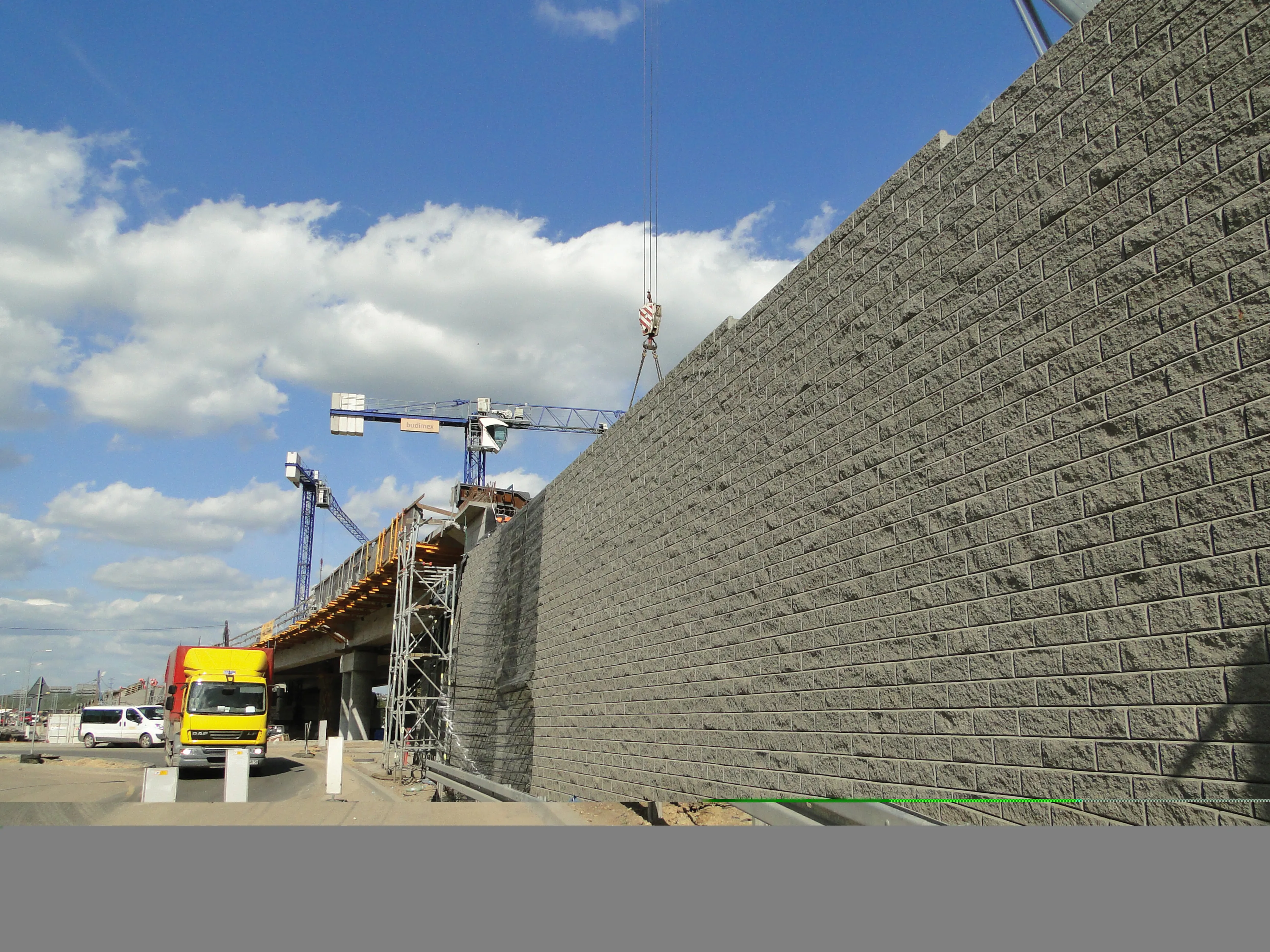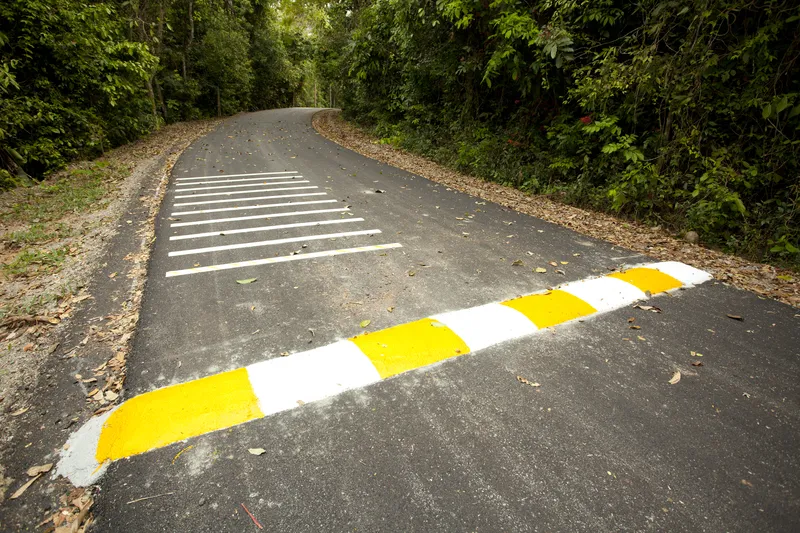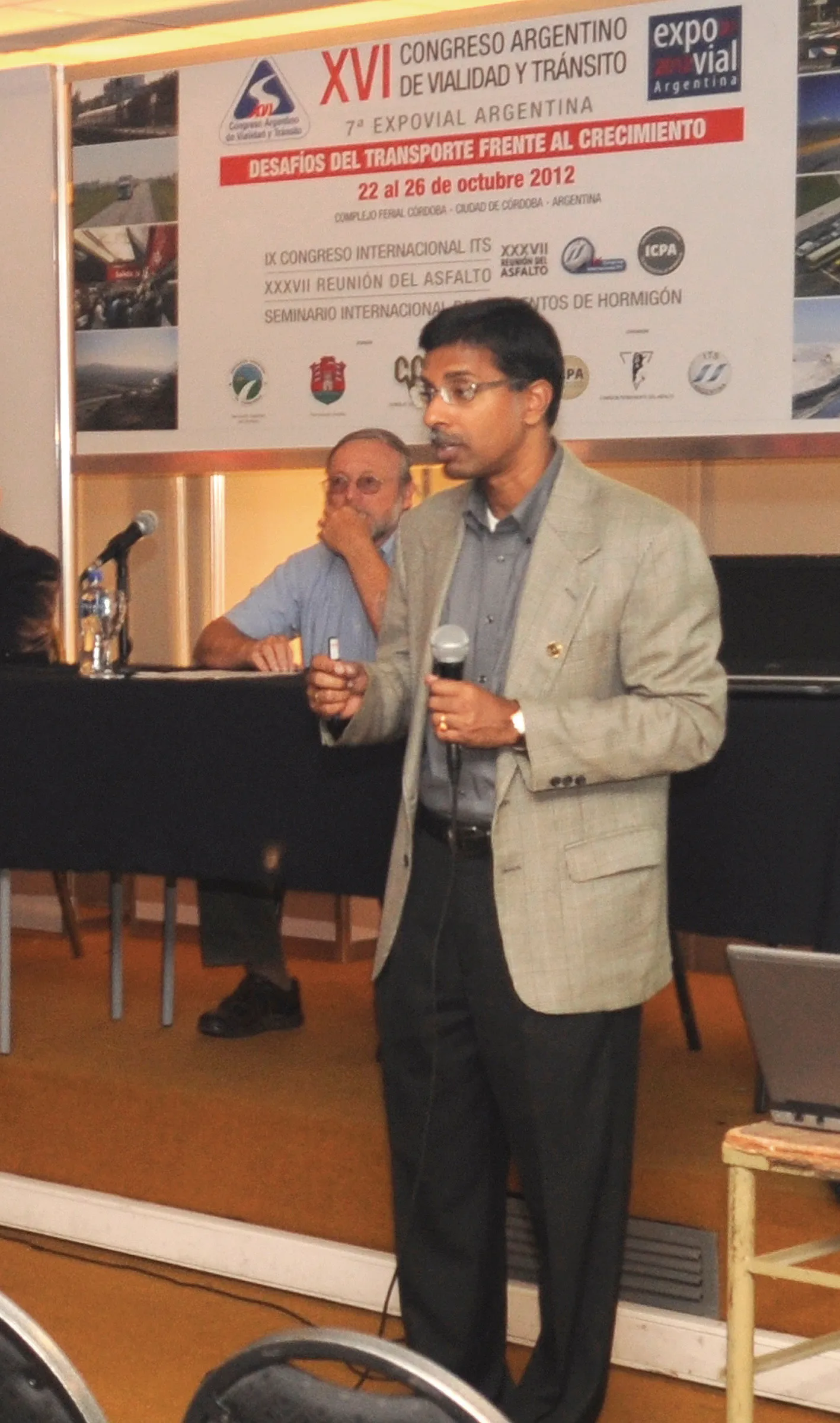A new technique for assessing the impacts of tunnels on nearby buildings and structures will allow a more realistic establishment of risk and could therefore reduce project insurance premiums
February 15, 2012
Read time: 2 mins
A new technique for assessing the impacts of tunnels on nearby buildings and structures will allow a more realistic establishment of risk and could therefore reduce project insurance premiums
Dr Nagen Loganathan, tunnelling expert with
And a new flow chart combines these tools to take designers through the steps needed to assess whether mitigation measures are needed for both piled and shallow foundations.
"In urban environments, tunnelling risks are particularly high because of their potential impacts on adjacent structures and utilities," said Loganathan who has published details of the new approach in his paper 'An Innovative Method for assessing Tunnelling Induced Risks to Adjacent Structures'.
"The monograph that I produced introduces a methodology to minimise those risks by identifying ground-loss and deformation mechanisms associated with tunnelling." Ground movements due to tunnelling are caused by groundloss as the tunnel boring machine (TBM) moves through the ground.
Loganathan has developed equations to calculate the groundloss due to the face of the TBM, the shield and the tail, and he has come up with formulae to show settlement at the surface, below the surface and lateral deformation.
Finally, a new set of tables predicts the impact of tunnelling on piles, showing how the piles will move as the TBM passes: pile head settlement; induced bending moment and axial down drag.
These tools could be particularly useful in the early stages of design when different routes and options are under consideration.
When a TBM face pressure is greater than the earth pressure at the face, the ground is pushed away from the TBM face, inducing heave at the surface. When the TBM has passed, a positive shield and tail loss occurs (closing of the physical gap), meaning the ground will move toward the tunnel, resulting in ground settlement.








